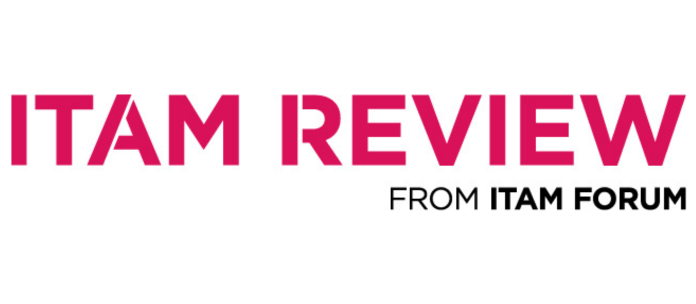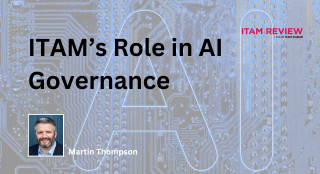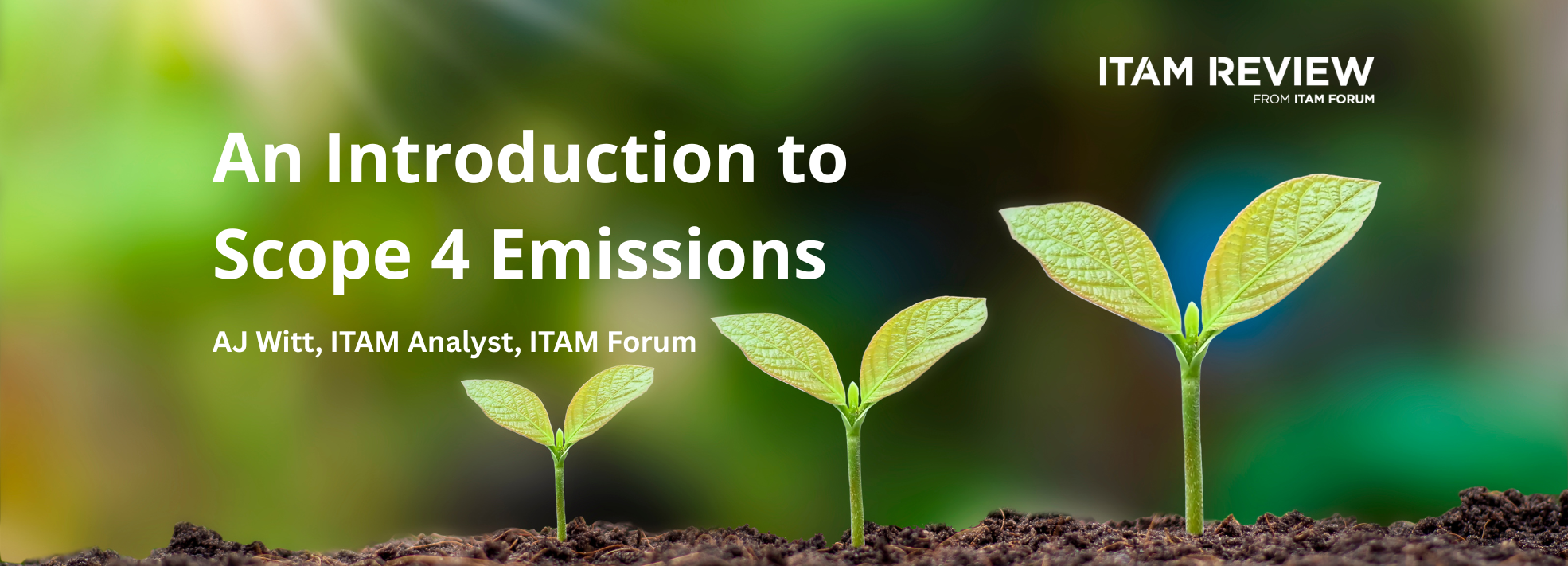Tips to combat the impact of inflation on IT contracts
This guest article was contributed by Harinder Bansal, Head of IT Procurement, Motability Operations Ltd.
This is article is split into 3 bitesize chunks:
- Overview of inflation
- Impact on IT contracts in 2023
- Practical tips to minimise impact
Overview of Inflation:
The International Monetary Fund defines inflation as
‘The rate of increase in prices over a given period of time. Inflation is typically a broad measure, such as the overall increase in prices or the increase in the cost of living in a country. But it can also be more narrowly calculated—for certain goods, such as food, or for services, such as a haircut, for example. Whatever the context, inflation represents how much more expensive the relevant set of goods and/or services has become over a certain period, most commonly a year’.
The most commonly used measures of inflation in IT contracts are:
- CPI (Consumer Price Index) – this is the Government’s main measure of inflation for macroeconomic management purposes. Its basket includes a number of items that are excluded from the RPI, for example university accommodation fees and foreign students’ tuition fees. The main omission is housing costs.
- RPI (Retail Price Index) – this is the oldest measure of inflation; it is often referred to as the ‘all-items’ measure of inflation, since it aims to include a comprehensive list of areas of expenditure in its basket of goods and services. The RPI index is becoming less popular as it was deemed a poor measure of general inflation and in 2013 it lost its status as a National Statistic – more info here.
- AWE (Average Weekly Earnings) – Average Weekly Earnings is the lead monthly measure of average weekly earnings per employee. It is calculated using information based on the Monthly Wages and Salaries Survey across 9,000 companies.
There are variations of all of these above such as CPIH, whereby this includes housing costs. The same goes for AWE where there is data on different industries such as IT labour, whilst recognising which data is seasonally adjusted.
Inflation in the UK reached a 40 year high back in October 2022, and with inflation stubbornly showing no signs of going away just yet (see “UK inflation stays at 8.7% despite hopes of a fall”), it looks like this issue will be around for a while. It is worth stressing that this is not limited to the UK; the latest IMF forecasts expect global inflation rates of 6.6% in 2023 and 4.3% in 2024, so this is something everyone is contending with right now.
Key question: What does inflation mean for IT contracts?
Impact on IT contracts in 2023

IT contracts often include mechanisms for how costs may increase at renewal or in future years on multi-year contracts. This is useful for suppliers to ensure a contract is profitable but also covers their current and future anticipated costs over the life of a contract.
In on-premises software contracts, vendors are increasing support and maintenance costs to help increase their revenue to remain profitable. One of the drivers for this is due to the economic uncertainty created by the war between Russia and Ukraine.
All of this impacts the costs of consuming software and IT services, thus putting pressure on IT budgets. Organisations are having to decide where to prioritise their IT investments and cut costs wherever possible.
Practical tips to minimise the impact of inflation on IT contracts
Below is a summary of some of the most important tips, but there are plenty of other things you can do, such as termination assistance, SLA definitions, exchange rights, audit protection etc. that will be specific to different types of contracts (‘XaaS’ and professional services), which I haven’t covered here.
- Start renewing contracts earlier to increase your leverage as in the eyes of the supplier, there is more time to complete a successful transition away
- Agree an internal approach with each specific contract case on how to handle future contract costs. An index linked contract doesn’t always have to be the default. If it is, determine which is the right index to use.
- Be aware of auto renewal clauses or ask for these to be removed
- Negotiate a renewal price cap to minimise increases upon renewal
- Explore alternatives such as supplier competitor products of open-source alternatives
- Investigate supplier incentives – what do their financial results and projections tell you? How is the account manager remunerated? which are the most and least profitable performing product lines?
- Collaborate with ITAM (IT Asset Management) to understand usage and whether it’s possible to downgrade e.g., from Pro license to Basic
- Collaborate with FinOps (cloud cost management) to understand cloud marketplace commitments and usage
- Understand total usage to increase leverage and explore differing contract term lengths
- Consider 3rd Party Software Maintenance to in terms of cost savings and relevance
- Consider use of international indexes as perhaps UK based ones aren’t always ‘right’. For example, if a software company’s development cost are mostly born in the US or parts of Asia then why are we agreeing cost adjustment mechanisms in the UK?
- Question everything! Ask your supplier why CPI is relevant for a business contract given its so consumer focused. The graph below summarises the key components of what makes up CPI. What has clothing got to do with software?

https://www.ons.gov.uk/economy/inflationandpriceindices/bulletins/consumerpriceinflation/january2023
- Be creative! Ask yourself why any ‘%’ increase automatically applies to 100% of the contract cost. Looking at the graph above for example, if a supplier states that their transport cost has increased by 20% but this only forms 5% of their contract then the increase should only impact the 5% of the contract.
More articles from Harinder on the ITAM Review
For more from Harinder, check out the following articles on the ITAM Review:
Can’t find what you’re looking for?
More from ITAM News & Analysis
-
Microsoft Pricing Changes: EA Customers Face Price Increases
From 1st November 2025, Microsoft will remove all tiered pricing for Online Services under the Enterprise Agreement. This means all customers renewing or purchasing new Online Services after this date, will receive standard level A pricing ... -
Shaping the Future of ITAM – We Want Your Input
The ITAM Forum is currently running a survey to capture hot topics and pressing challenges facing the ITAM profession. The insights gathered will guide our editorial focus and community content for the year ahead. Early responses ... -
Tesco Sues Broadcom and Computacenter for £100M
What’s going on? UK retailer Tesco says it bought VMware perpetual licences in 2021 with support and upgrade rights running to 2026, plus an option to extend. After Broadcom acquired VMware, Broadcom stopped selling support for ...
Podcast
ITAM training
Similar Posts
-
The M&S Cyberattack: How IT Asset Management Can Make or Break Your Recovery
Marks & Spencer (M&S), the iconic UK retailer, recently became the latest high-profile victim of a devastating cyberattack. Fellow retailers The Co-Op and Harrods were also attacked. Recent reports suggest the rapid action at the Co-Op ... -
AI in ITAM: Insightful Signals from the Front Line
During our Wisdom Unplugged USA event in New York in March 2025, we engaged ITAM professionals with three targeted polling questions to uncover their current thinking on Artificial Intelligence—what concerns them, where they see opportunity, and ... -
How ISO/IEC 19770-1 Can Help Meet FFIEC Requirements
In the world of ITAM, the regulatory spotlight continues to intensify, especially for financial institutions facing increasing scrutiny from regulatory bodies due to the growing importance of IT in operational resilience, service delivery, and risk management. ... -
An Introduction to Scope 4 Emissions
Executive Summary For ITAM teams, sustainability is a core responsibility and opportunity. Managing hardware, software, and cloud resources now comes with the ability to track, reduce, and report carbon emissions. Understanding emission scopes—from direct operational emissions ...




